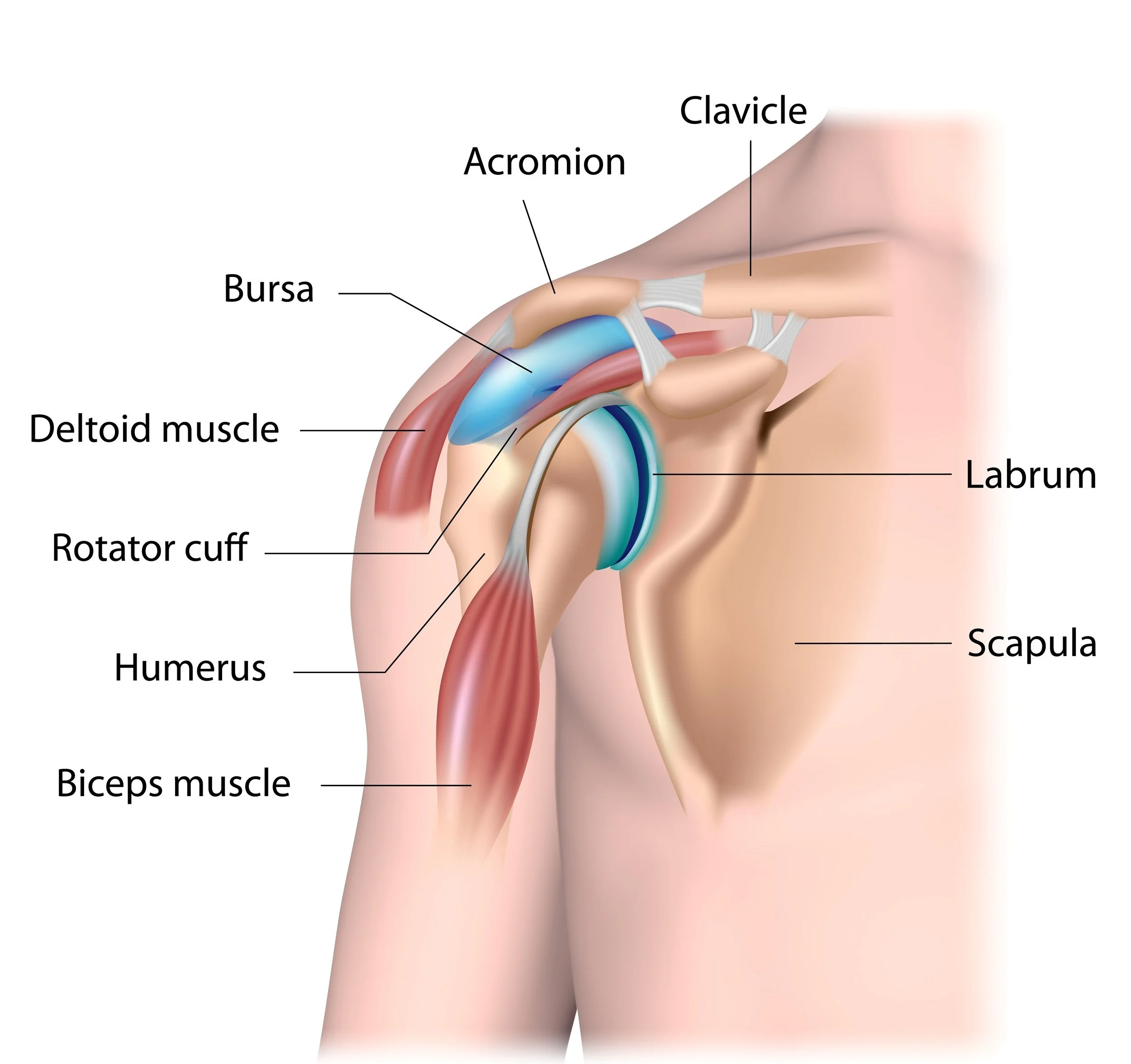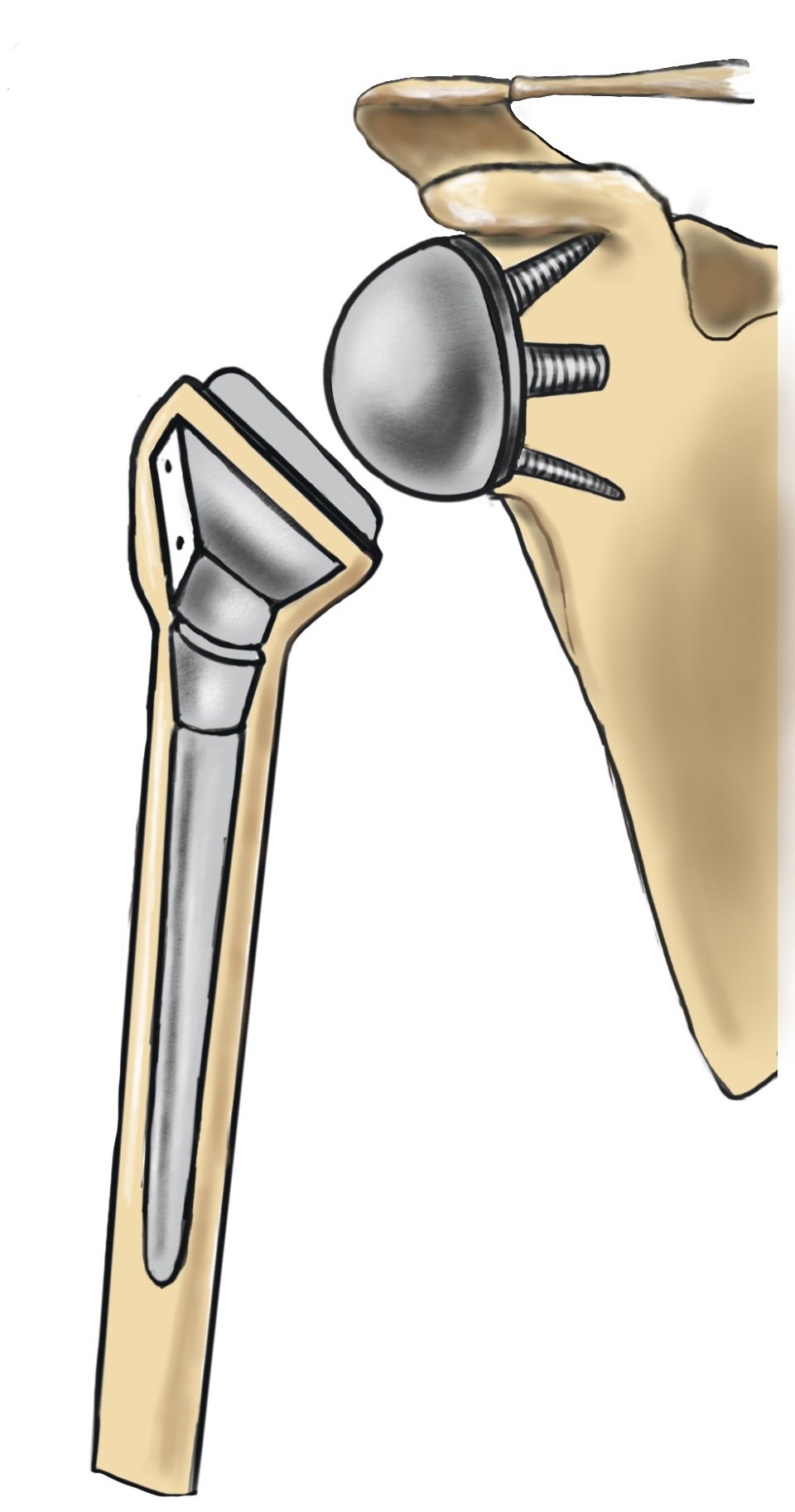Everything You Need To Know About Impingement Syndrome
What is Impingement Syndrome?
Impingement Syndrome is a common cause of shoulder pain, commonly caused by repetitive use of the shoulder. For this reason it is frequently seen in swimmers and baseball players, but can affect just about anyone.
With Impingement syndrome, there is an injury to the muscles between the bones in the shoulder. Repetitive motions put pressure on the muscles and tendons in the shoulder (the rotator cuff), causing compression, swelling, irritation and pain.
What are the symptoms of Impingement Syndrome?
Arm pain
Shoulder weakness
A “pinching” feeling when lifting arm above shoulder height
Pain when lifting your arm at and above shoulder height
Who Can Get Impingement Syndrome?
Just about anyone can experience shoulder pain, but impingement syndrome is especially common in those who use their shoulders and arms for overhead motions frequently. For athletes this often includes swimmers, baseball players and tennis players.
There are also certain trades that are often attributed to impingement syndrome for the nature of their work, and those include construction workers, boxers and those who are often lifting large items. Impingement syndrome is most commonly seen in individuals between 40-60 years of age.
What is The Best Treatment for Impingement Syndrome?
Physical therapy is the leading treatment for Impingement Syndrome, to alleviate shoulder pain and rebuild the strength of the shoulder. Exercises to help regain range of motion, build strength and stretch are usually part of treatment and can target not only the shoulder area, but the arm and chest. During a course of physical therapy, doctors may also recommend accompanying treatments such as massage therapy and acupuncture.
If you or someone you know is dealing with shoulder pain our doctors of physical therapy at Sarrica PT can help alleviate the pain and restore full function.





